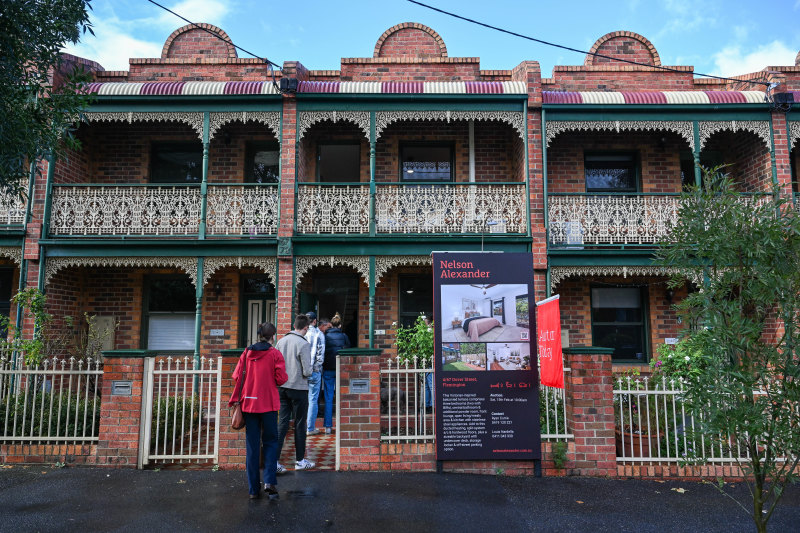The trick to buying a great couch

Too low, too soft, too small, or even just plain uncomfortable – these are all-too-common couch problems. There are key design traits you should review when buying a couch to ensure it is a good fit for you and your home and will endure years of tough love.
Couches can cost as much as a small car, so you want to get your money’s worth. Think long term when embarking on your couch-sourcing journey. You can always re-cover an old couch if it’s looking worn, but the overall quality of a couch can truly make or break a room.
1. Size matters
When it comes to couches size is a major factor. An over-sized couch can cause a room to feel claustrophobic and make the space impractical. An under-sized couch can make a room appear stark and uninviting.
Measure the space you are working with, taking into account thoroughfares and other key furniture items. You want to achieve a balance between the size of the couch and the room.
You need to be able to move around freely (and a sense of spaciousness can give a luxurious feel), but the couch also needs to provide ample seating in proportion to the room.
Consider how many people you realistically want to seat in the space and remember – a two-cushion couch, even if oversized, is less inviting for three people than a three-cushion couch. Get the exact measurements, including height, and use tape to mark them out in your room before committing to the purchase.
2. Don’t judge a couch by its cover
Regardless of how good looking or even comfortable a couch is, it’s what’s on the inside that counts. Poorly constructed couches will sag, sink and dip in no time.
Look out for internal frames made of steel or hardwood and ensure they are constructed with reinforced dowels, screws and metal brackets, not staples and glue.
There is such a thing as good and bad springs. Think about your bed’s mattress and the difference quality springs make to your level of comfort and support. Couches are one of the most used pieces of furniture in most homes so the spring system needs to be robust.
When it comes to cushions always go for high-density foam, high-density polyester or feather or down filling. Be wary of cheap or low-density fillings as they will lose shape and support quickly. Feather and down will require more maintenance, including regular fluffing.
3. Which finish?
Leather or fabric is a common couch conundrum. Families with young children or pet owners will sing the praises of a leather finish, including its durability and easy cleaning. Others prefer the crisp, clean feeling of a cotton or linen cover, which can be easily removed for washing or dry cleaning. Be wary of fabrics that contain a large weave as they are prone to snagging.
Wool – in particular wool felt covers – has been extremely popular with couch shoppers in recent years. Its luxurious finish, durability and allergen-free properties make the higher price tag a worthwhile investment.
4. The style files
The style of couch you choose will be determined by your home’s current décor, the room it is located in, and your taste. With so many fantastic options on the market, take your time and do your research. Grab interior design magazines, trawl Pinterest and design blogs, look up your favourite brands’ latest catalogues and review friends’ living rooms with a critical shopping eye.
Whether it is a Chesterfield, Featherstone or low-set modular configuration, your couch needs to be functional and comfortable, and it must suit the room it’s in. If your living room is relatively subdued, why not consider a statement couch?
5. Extra design features
These days, couches come with an extraordinary number of additional features, from built-in storage and sofa beds to adjustable backs and modular reconfigurations. Assess the room you are furnishing and think about other practical requirements you need to address in the space. Your couch can solve multiple living room functions – but beware spending extra on features you won’t use.
Take good care of your couch and it will, in turn, take good care of you. To maintain the condition of your couch cover, address stains promptly and keep it out of direct sunlight. Regularly vacuum dust from nooks and crannies and air the cushions. Rotating cushions and re-shaping them will keep them in good condition, and don’t forget to wipe down metal and wood finishes.
We recommend
We thought you might like
States
Capital Cities
Capital Cities - Rentals
Popular Areas
Allhomes
More











